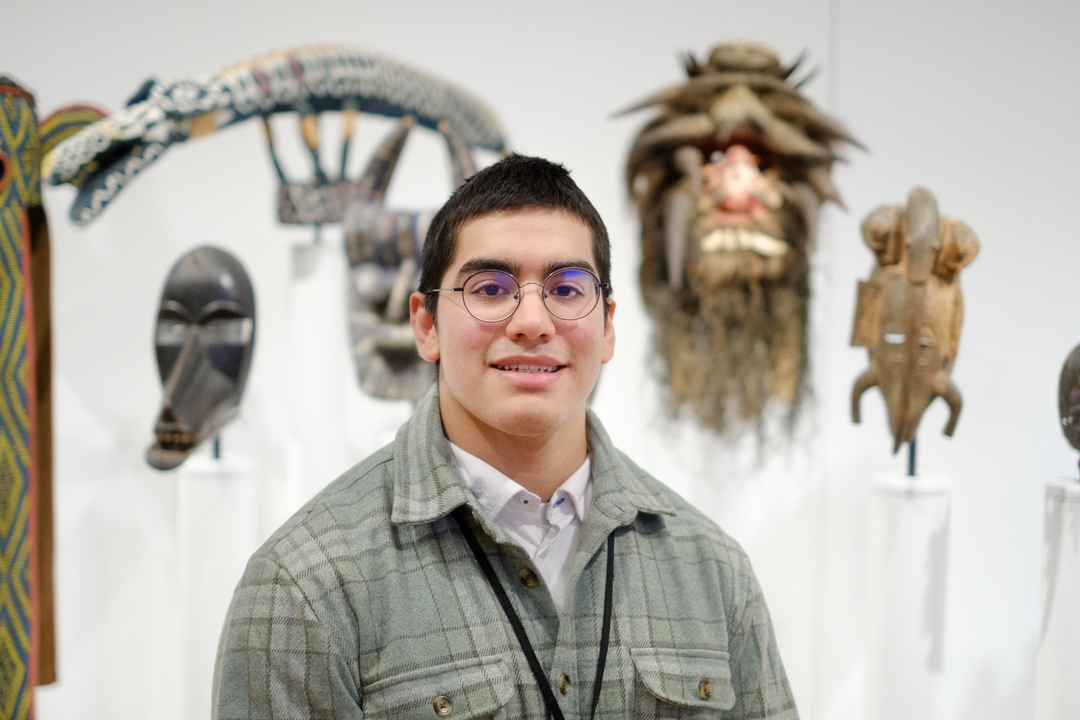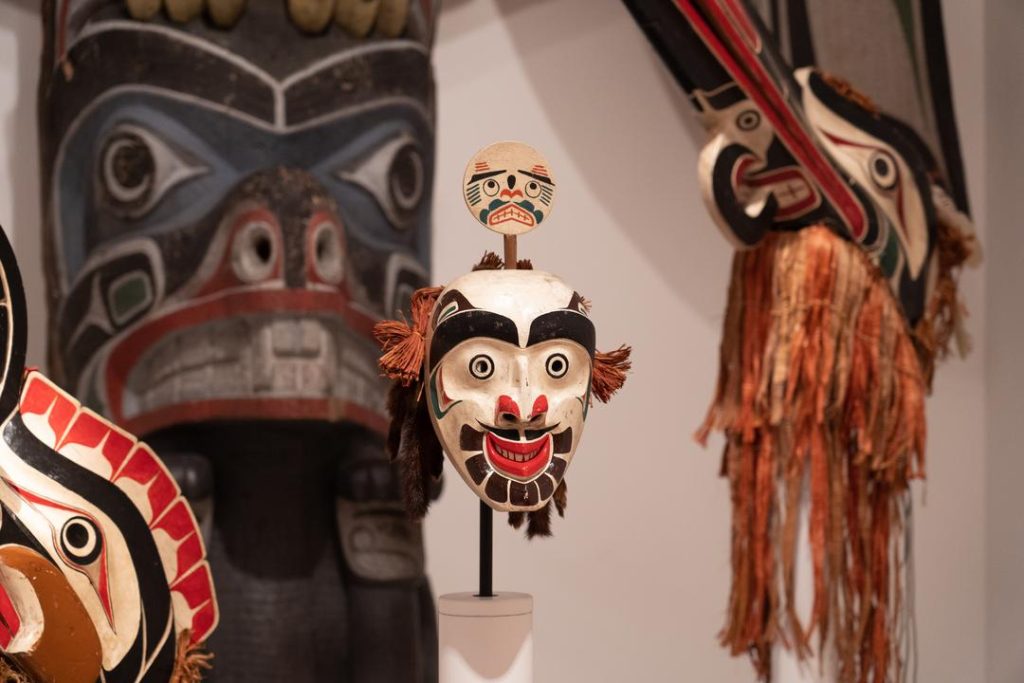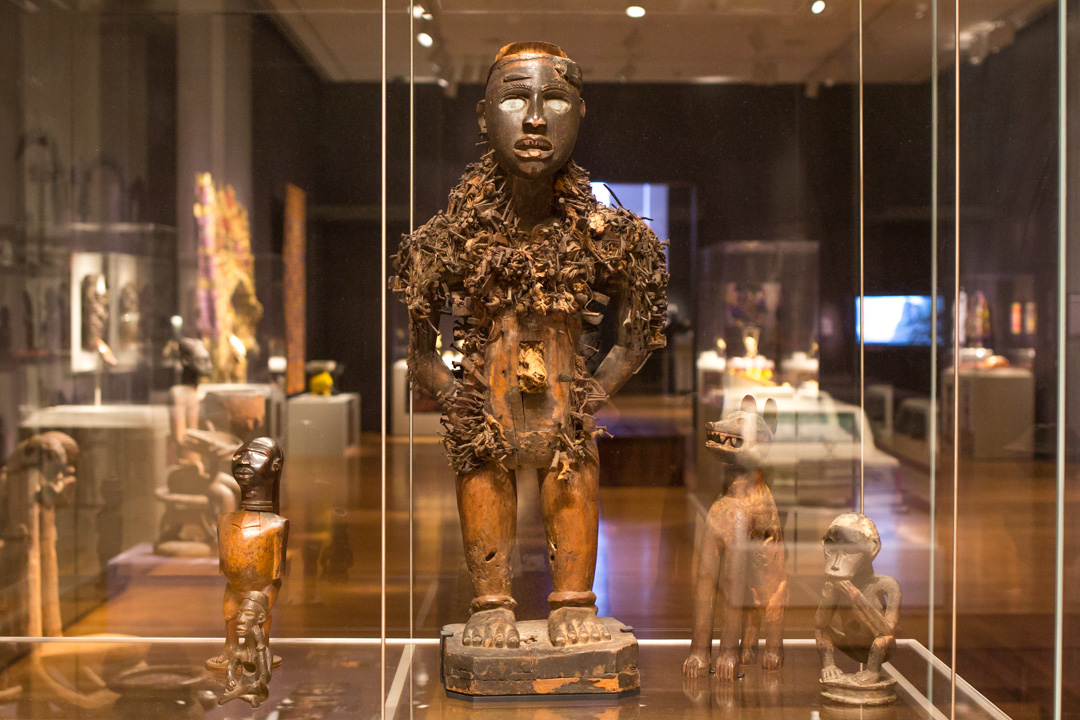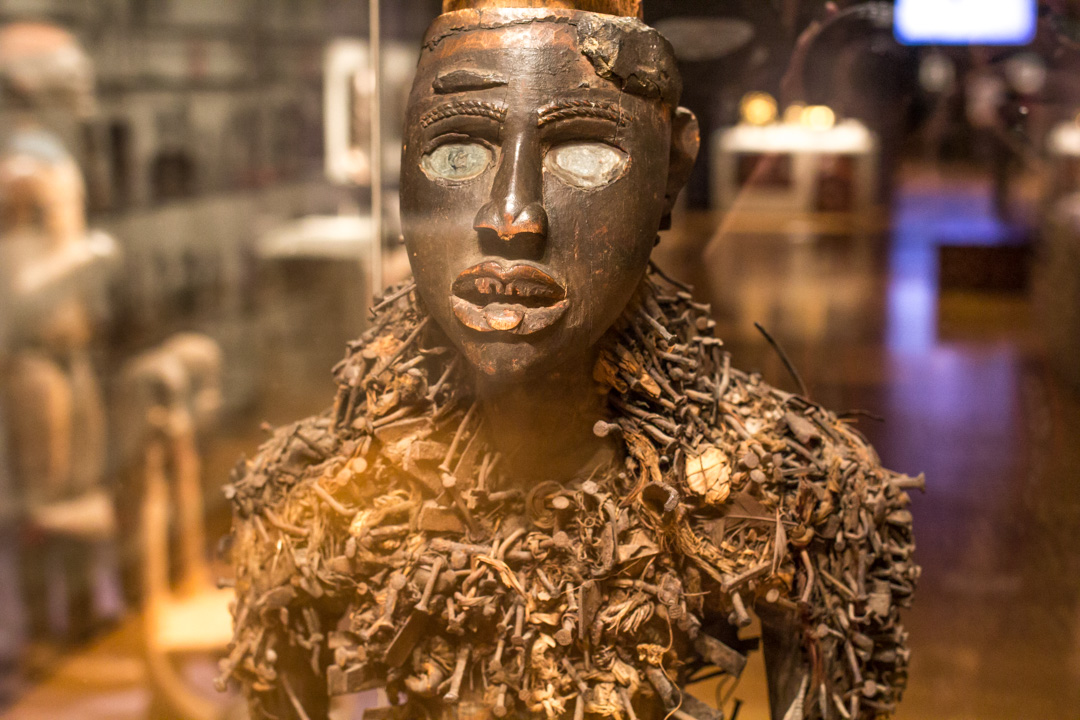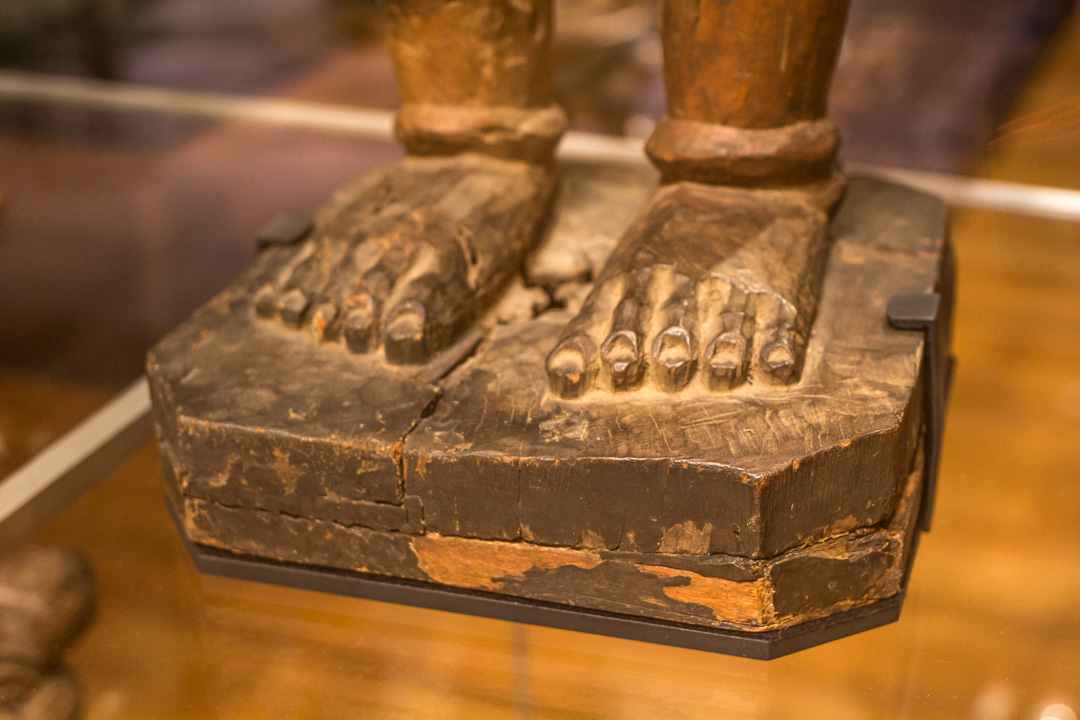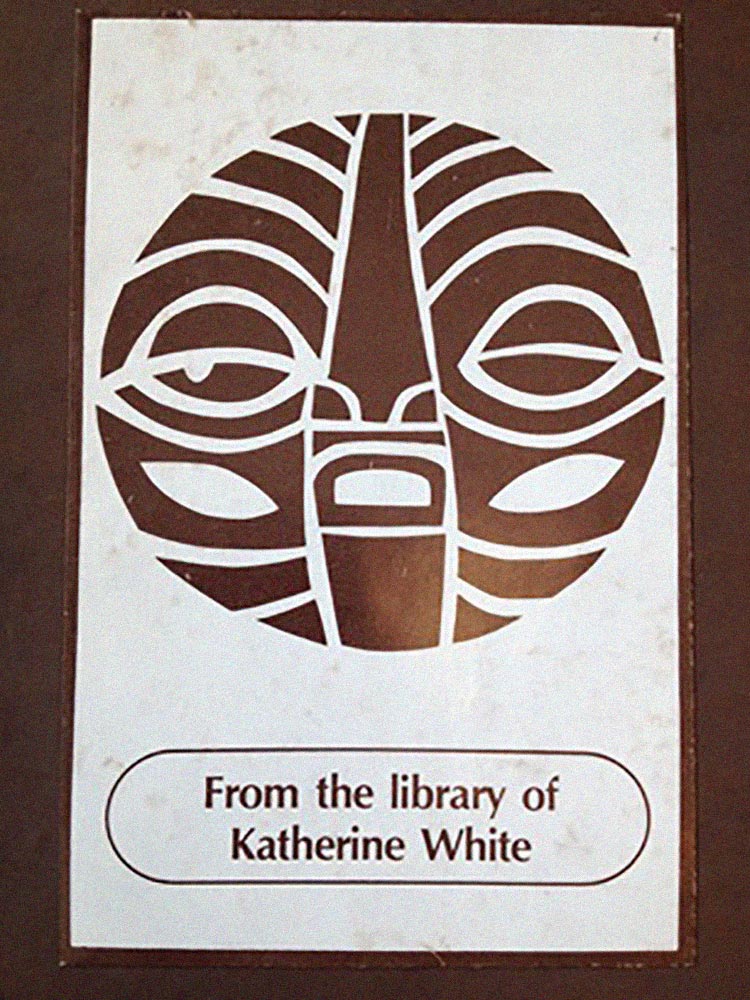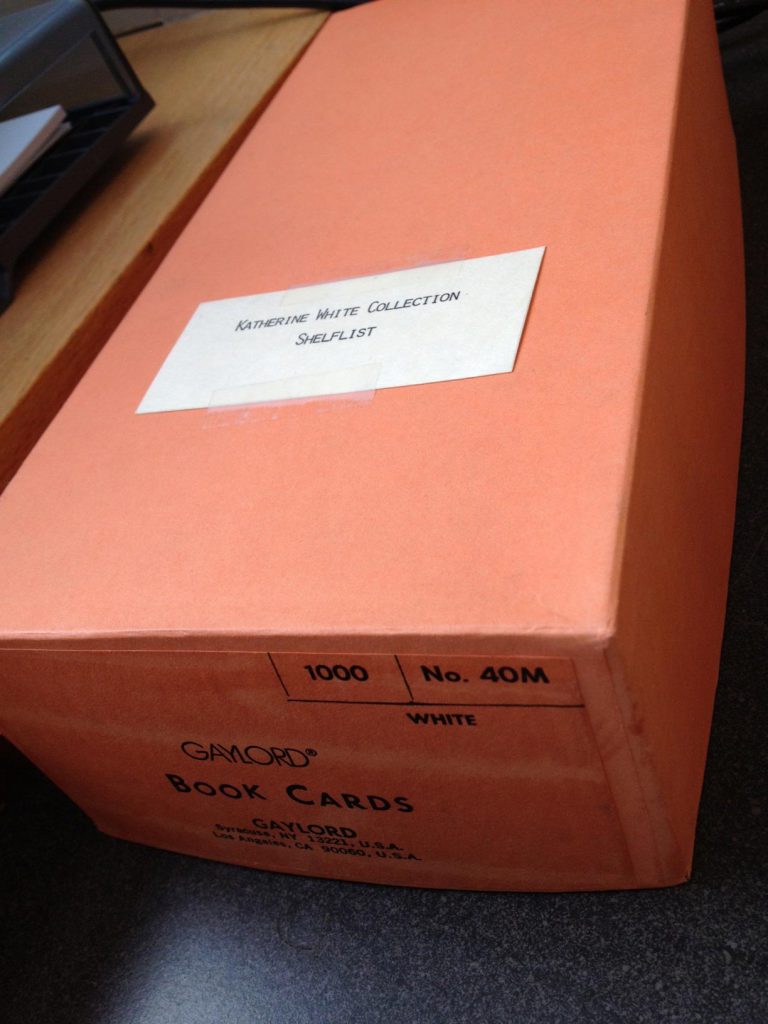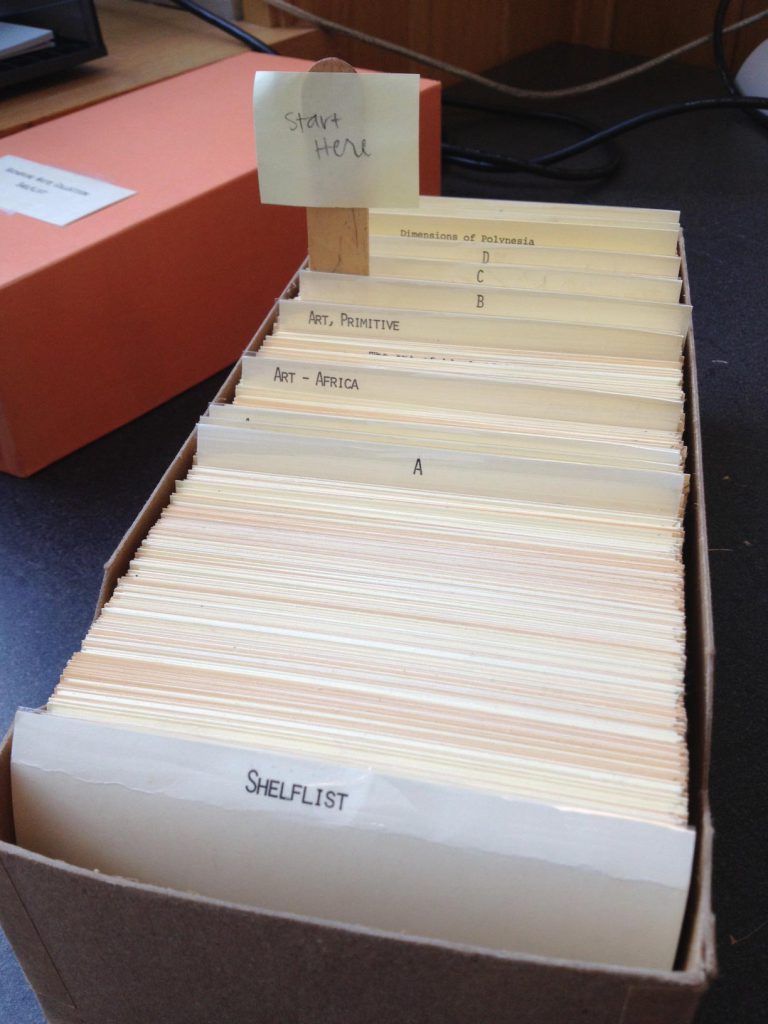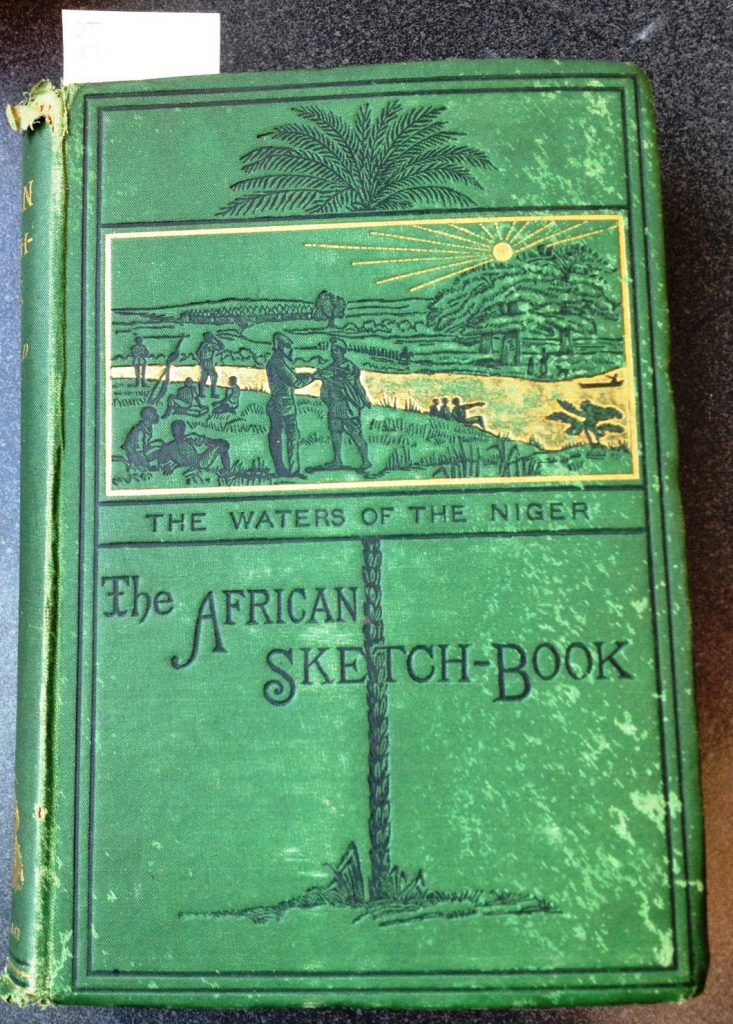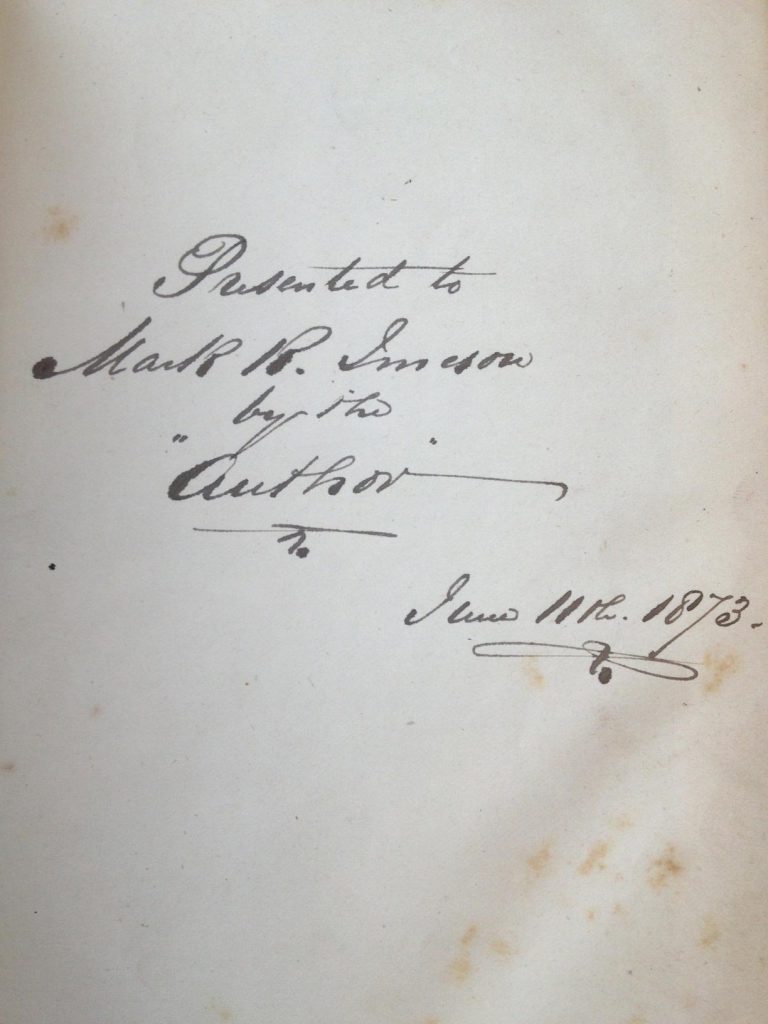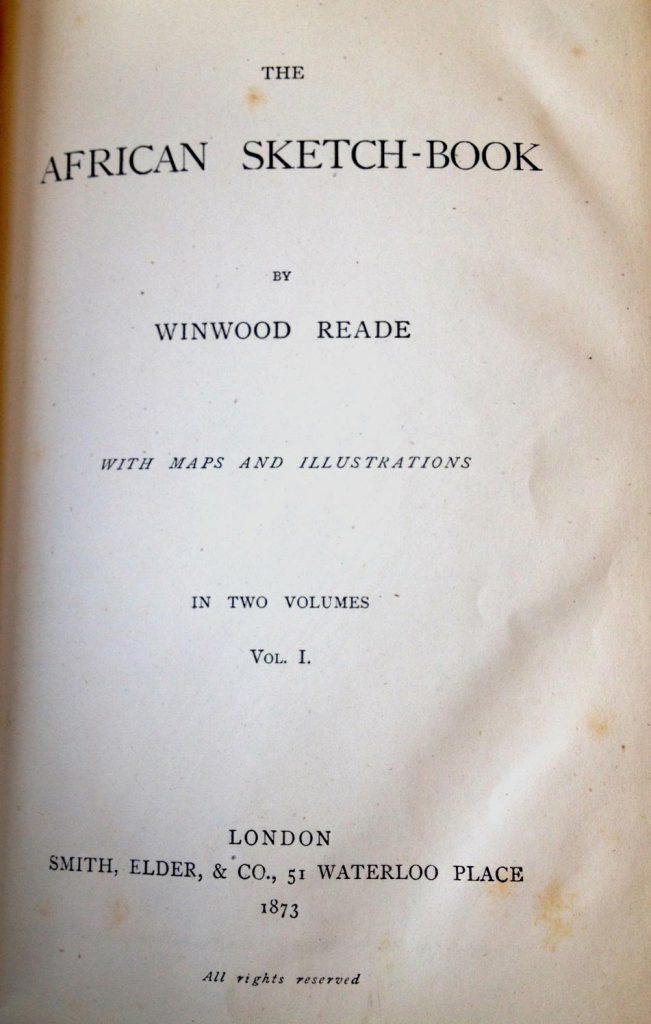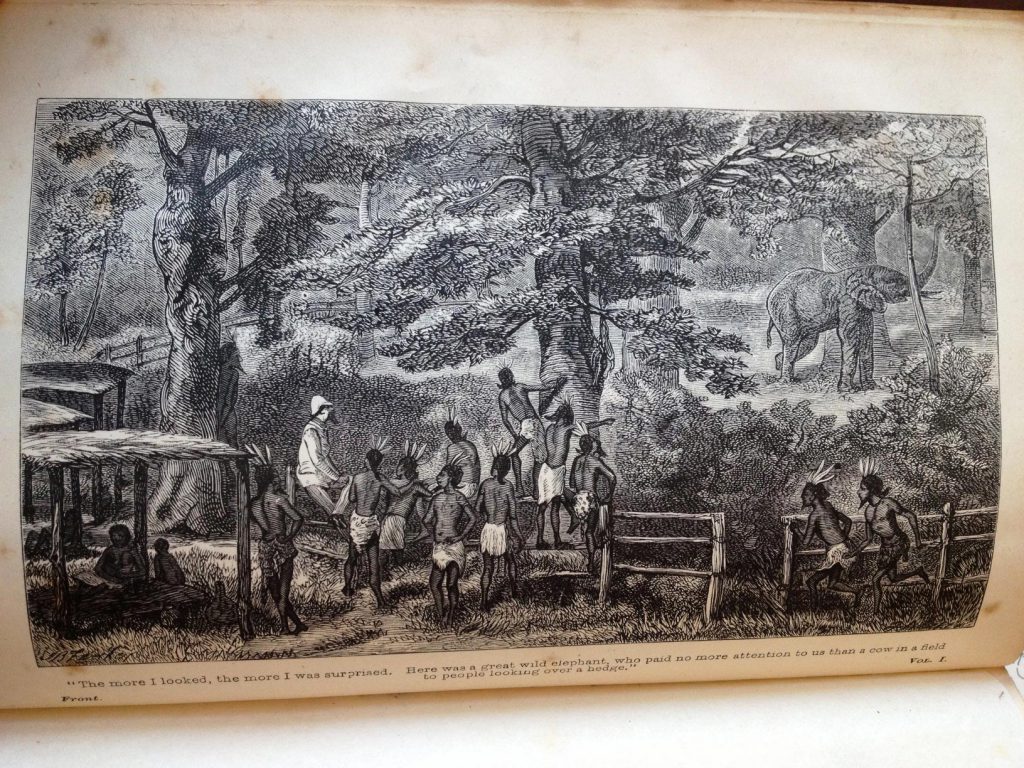Reigniting My Passion for Museums: Emerging Arts Leader Thaddeus Gonzalez-Serna Reflects
I grew up going to the Seattle Art Museum. Its annual Día de los Muertos celebrations were a tradition for my family. Alongside my mom and sisters, we’d excitedly hop on the light rail and make the trip to the museum. I was always so excited to see the traditional masks displayed in the galleries—first the ones like my parents made for Día de los Muertos in Mexico, and then other examples from around the world. Taking the escalators to the fourth floor to admire the collection of African masks on view was, and still is, my favorite thing to do at the museum.
Earlier this year, I traveled to Mexico to visit my grandparents and found myself exploring art museums in my free time. In walking through these spaces and admiring the artworks on view, my passion for museum work—that first sparked during my childhood visits to SAM—was reignited.
With my interest in cultural masks, I was excited to be presented with the opportunity to work on a project related to SAM’s Katherine White collection—composed of over 2,000 masks, baskets, textiles, and other objects from Africa. As I dove into drawers of catalog cards, I discovered how a mask’s story was told through its creators, donor, and eventually museum curators. As an Emerging Arts Intern, I helped to update SAM’s online collections record, eMuseum with useful information about many of the objects in this collection.
As part of my internship, I also contributed to labels for objects on view in Pacific Species. With assistance from the curatorial team, I researched the history of Netsuke (small sculptures which developed as a Japanese art form across more than three hundred years) and its relationship to Japanese myths.
My final contribution as a SAM intern was leading a public tour through the museum’s galleries. It tied together my personal interests and work at the museum with a focus on the objects that have always inspired me: masks. I think the tour nicely encapsulated my internship, as I discussed masks from the Katherine White collection, information I learned from my research alongside the curatorial team, and my personal experience with mask-making at SAM’s Día de los Muertos community celebration.
Being at SAM opened my eyes to the volume of work and coordination goes into operating a museum. I learned so much about how departments interact with one another and the many ways scholars, curators, and the public interpret art, museums, and life itself. Whether it was helping SAM Manager of Teen & Family Programs Nicole Henao develop the itinerary of this year’s Día de los Muertos community celebration, assessing records with former SAM Collection Records Associate Elizabeth Smith in the registrar’s office, or talking about object labels with SAM Photographer Scott Leen and Curator of Oceanic and African Art Pam McClusky, I always felt like a valuable part of the SAM team.
This experience also taught me value of approaching new people and asking more questions. I have grown more comfortable with being put into new situations and reaching out to individuals I wanted to learn from. One of my favorite parts of being at SAM was listening to various staff members discuss their day-to-day work because it was these seemingly mundane conversations that allowed me to develop important networking skills. Looking back on my time at the museum, it’s clear how committed every member of SAM’s staff is to providing the best experience for all museum visitors.
– Thaddeus Gonzalez-Serna, SAM Emerging Arts Leader in Museum Services
Photos: Alborz Kamalizad & Chloe Collyer.
